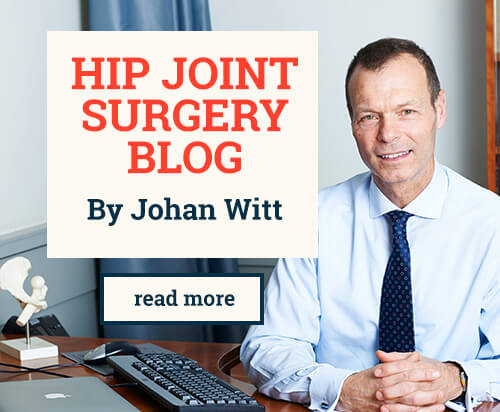Mild Hip Dysplasia – Treat with Arthroscopy or Periacetabular Osteotomy (PAO)
March 1, 2017
This has been a particular discussion point at a number of national and international meetings over the past few months. The issue is whether patients who have mild acetabular dysplasia could be managed with a less invasive technique such as hip arthroscopy to deal with the labral injury that is almost always present and the source of pain in patients with acetabular dysplasia. It is obviously tempting to try and manage what appears to be a relatively mild deformity with a smaller procedure but clearly only if it can provide a lasting improvement to the hip joint. One of the issues that arises in discussions is that there is not very good agreement as to what represents mild or borderline dysplasia. The studies that are published looking at the outcomes of hip arhroscopy for this condition, don’t provide much detail as to the degree of shallowness of the hip joint so it can be difficult to make out which hips may or may not do well.
We did a study at UCH some years ago looking at the extent of damage to the cartilage of the hip joint in patients with mild dysplasia, and what came out of this was that the damage can be quite significant. Arthroscopy can only really address the labral injury , but if the anatomical abnormality is not treated then the damage to the articular cartilage is likely to be on-going and also the labral repair is ultimately likely to fail. To date the outcomes of hip arthroscopy for this condition have only short follow-up whereas there are many longterm follow-up studies in the literature supporting the PAO as a good procedure to preserve the hip joint.
What would the indications be for arthroscopy in hip dysplasia?
I feel hip arthroscopy can be a useful adjunct in the management of this condition, particularly in the presence of an impingement morphology where there may be evidence of FAI in combination with a slightly shallow hip. In these circumstances it makes sense to address the FAI and see if that is enough to improve things, if not then one would have to be prepared to consider a PAO to optimise the joint biomechanics.
Occasionally it may be helpful to address a labral tear in the presence of mild dysplasia by performing a repair, such as in patients who may not be suitable for a PAO. This has to be done very carefully as there are plenty of reports indicating how a hip arthroscopy in a dysplastic hip can make matters worse. Occasionally it can be helpful to map out the extent of injury within the hip joint to help decide if it is likely to progress without a PAO.
The most important thing is to be clear as to how shallow a hip joint is and we routinely use X-rays and CT scans to assess this. An accurate assessment allows a logical approach to dealing with the joint injury and giving the hip the best chance of having a good longterm outcome and hopefully avoiding the need for a hip replacement.




Speak Your Mind